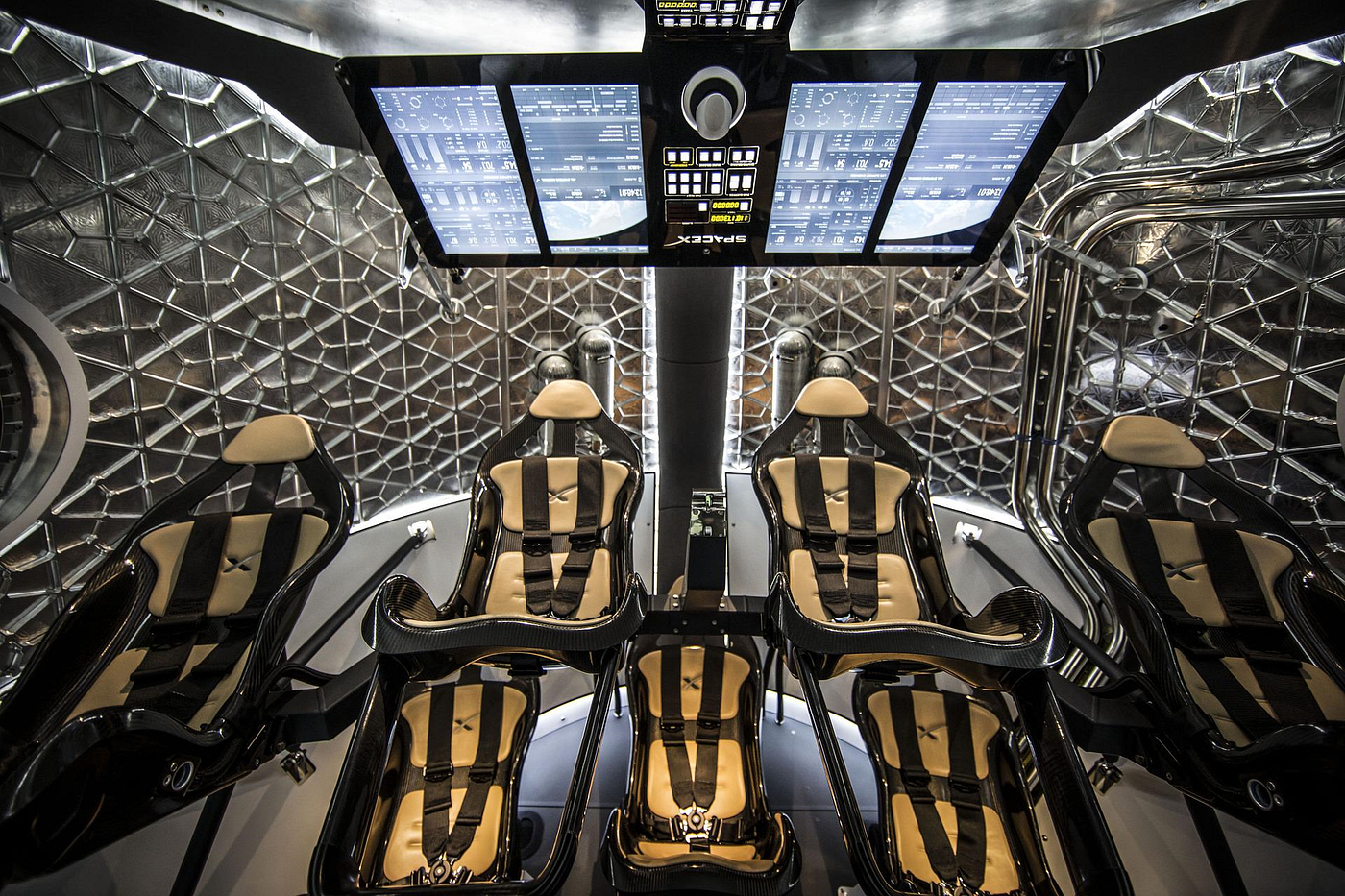
Most people living in a high-tech modern society take it as a given that the only way forward is through even more technology. The matter of pollution and sadly the question of sustainability has now been successfully reduced to grams of CO2 — ecological overshoot, the rise and fall of civilizations, resource depletion and our utter dependency on hydrocarbons be damned. ‘We have electric automobiles, smartphones, AI driven lawn mowers and even indoor farming after all!’
From this short sighted viewpoint self driving cars, robots, and clean energy from hydrogen seems not only logical, but almost inevitable. Recency bias (discussed in Part 1) sheds some light to the psychological factors at play here. There is strong cultural element supporting this popular view however — a powerful story, something which is simply invisible to the everyday citizen. It’s like water to a fish. Something in which we were marinated in our whole lives from childhood cartoons to PhD awarding ceremonies, and throughout our entire professional careers.
This story, or set of stories to be precise, act like a modern albeit still very dogmatic belief system, not unlike traditional religions. Just like earlier cults it effectively prevents us from imagining a whole range of different futures, and urges us to dismiss these as unacceptable. It thus locks us into the false dichotomy of instant annihilation through a misconceived notion of collapse, and salvation through doing more of the same stuff that brought us to this point in the first place.
Technology is not a ratchet
The story originates in the false myth of progress. Namely, that cultures in earlier times were inherently inferior: undeveloped both in terms of technology and social structures…
…click on the above link to read the rest of the article…